 One of the main attributes of plastic materials is that they can be molded into a finished component without the need for additional work to be carried out. Complicated shapes, holes and undercut features can be molded into the component using molding and tooling techniques. However, all of these come at a cost of tooling expense.
One of the main attributes of plastic materials is that they can be molded into a finished component without the need for additional work to be carried out. Complicated shapes, holes and undercut features can be molded into the component using molding and tooling techniques. However, all of these come at a cost of tooling expense.
Molding tools and forming equipment used in various plastic molding processes are invariably handmade one off creations. They can usually take weeks and months to manufacture with a high cost. When a plastics component is specified and the numbers to be used are not large, then machining component becomes more economical. Not all plastics can be machined; the softer and more flexible types are not suited for machining. The more rigid a plastic is, the easier it is to be machined.
When machining plastics, you need to take note of some very important points relative to its process. Check them out below.
• The cutting tools used in the machining of all materials rely on the rigidity of the component being cut.
• In the case of cutting materials, the natural rigidity of the materials is good. Therefore, the component that resists distortion when the cutter cuts the metal.
• In the case of plastics, machining tends to lend itself better to rigid materials, like fiber reinforced thermosetting plastics materials, glass reinforced nylons, acrylic or PEEK have good relative stiffness. Less rigid plastic tends to bend and deform when the cutter attempts to cut the component, making the achievement of the dimension tolerances hard.
Many industries go with machining when working with plastics because of its numerous benefits. Below are some of the most significant.
• Ability to manufacture low volume economically
• Ability to manufacture plastic components in short lead times
• Can trial a designed before committing to tooling
• Components too large to be molded can be machined from fabricated plastic
• Forces required to machine plastics are low
• No mold costs needed
• Plastics usually machine dry
• Swarf can be recycled back into the compounding process
• Thicker wall sections can be accommodated
But, just like anything else, plastic machining also come with disadvantages. It is important to weight these in when you make your decisions.
• Dust producing composite plastics requires an effective dust collection system
• High costs of CNC machine time
• High scrap can result relative to other plastics forming processes
• High swarf volume to be removed can present difficulties
• Machining ability limited to the more rigid plastics materials
• Plastics materials do not conduct any heat generated in the machining process
• Relative high cost of block plastic material
• Volume production by machining will require robust jigs and fixtures
If you are considering having plastics machined for your business, organization or industry, make sure that you hire a reputable machining company to do the job for you. This ensures high quality work and products that will be well worth your money.
